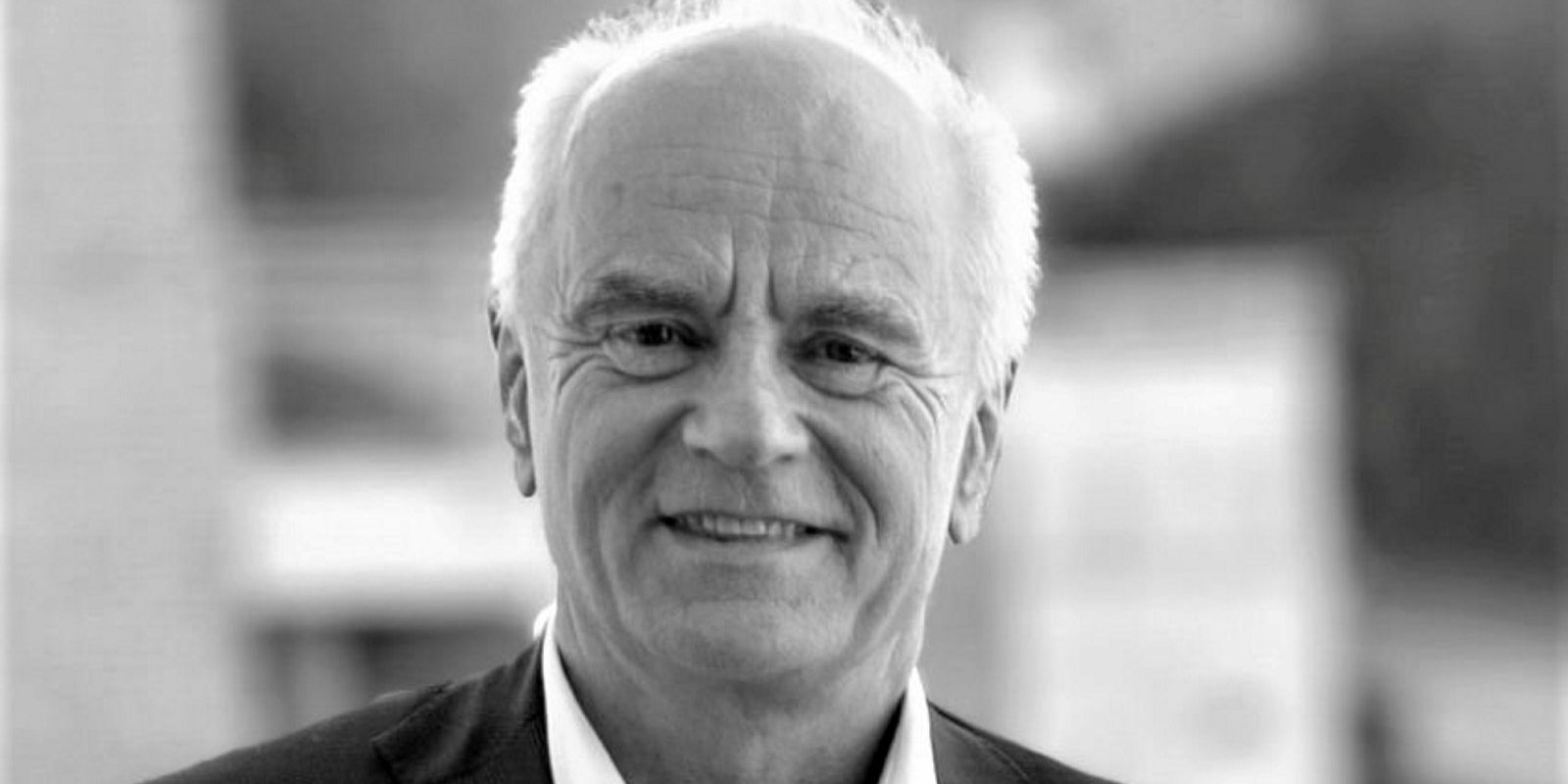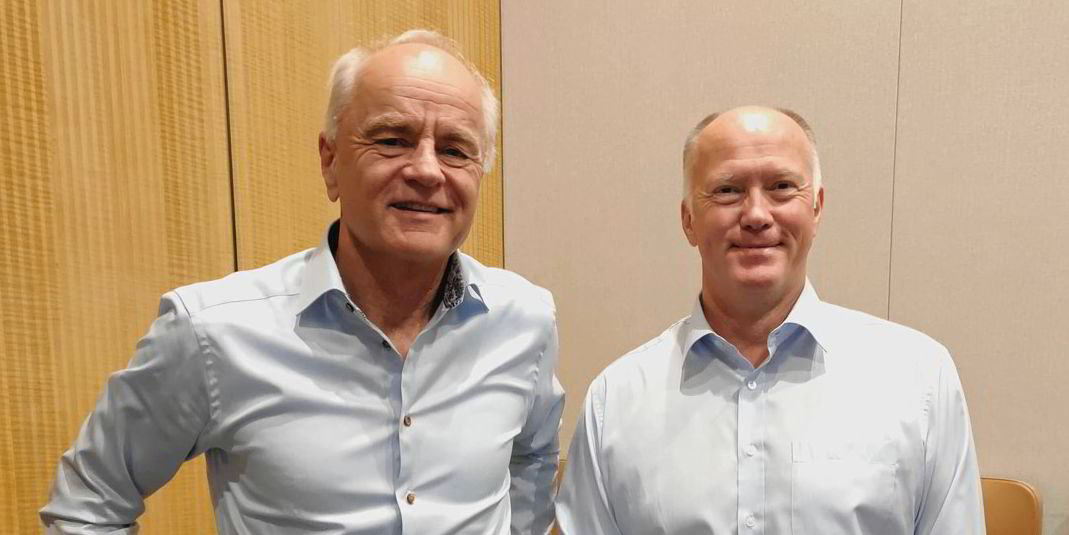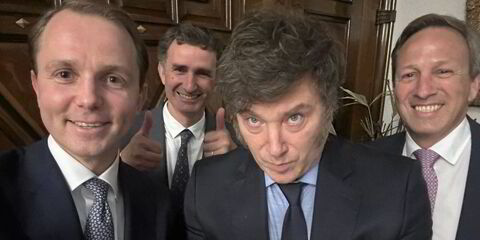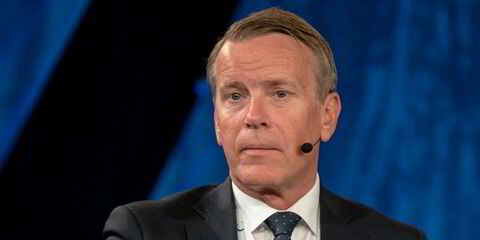OSM and Thome have gotten the thumbs up from competition regulators, creating a ship management giant its chief executive believes will be best positioned to tackle shipping’s upcoming challenges.
Finn Amund Norbye said the combined company — which will have roughly 1,000 ships in its stead — hopes “1+1=3”.
“What we see in all sectors of business today is consolidation is happening all over the place,” he told TradeWinds.
“We see fewer and larger entities. I think size is very often necessary to show that you have financial muscles and also human resources to do innovation to transform things.”
Norbye said money, people and a worldwide geographic footprint will help the company best serve customers and work on projects around digitalisation, decarbonisation and cyber security driven by regulation and geopolitical instability.
“It's easier for a big company than for two smaller companies to do that,” he said.
The merger between OSM Maritime, where Norbye had served as chief executive, and Thome was announced in January pending regulatory approvals.
On Monday, the company said it had received the green light from authorities, creating a ship manager with 29,000 seafarers, 2,000 onshore staff and offices in 22 countries. Its headquarters will be in Arendal, Norway, southwest of Oslo.
It was the latest move OSM made to consolidate the sector since 2020, when it bought SeaTeam Management, which was the in-house ship manager for John Fredriksen’s Frontline and Golden Ocean.
Earlier in the year, it snapped up 37 vessels from the fleet of Kristian Gerhard Jebsen Skipsrederi and another six GC Rieber offshore vessels.
Norbye said more expansion was not on the table at the moment, with the focus on integrating OSM and Thome. He said the process would take between six months and a year.
In three offices globally, including Singapore and Manilla, two separate offices will become one with the companies having to implement common systems.
“One of the risks that we learn about in school is that if you underestimate the importance of culture, you will have some surprises down the road,” Norbye said.
“We have to spend our resources on our customers and make sure that this integration is successful.
“We shouldn’t underestimate the task, it’s quite big.”
As part of the integration, Norbye has made trips to several OSM and Thome offices, where he has stressed that the focus has to be on the customer — he noted some were nervous about dealing with a much larger manager.
“So far, I’ve met a very enthusiastic crowd when I go to a Thome office or an OSM office,” he said. “It looks good.”





